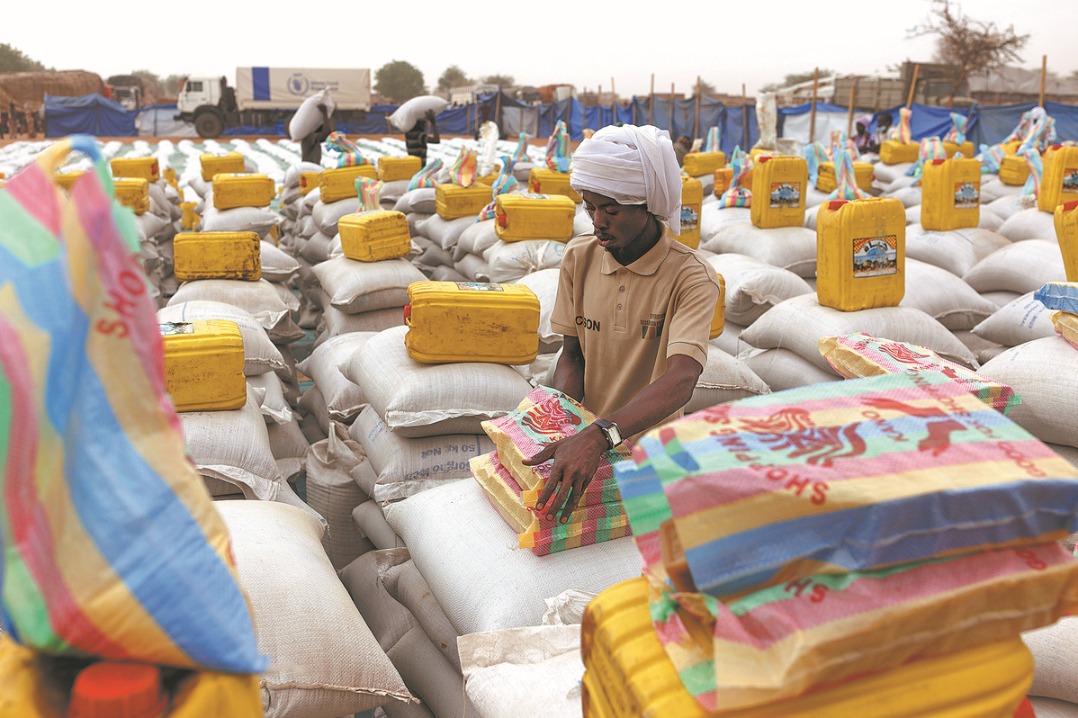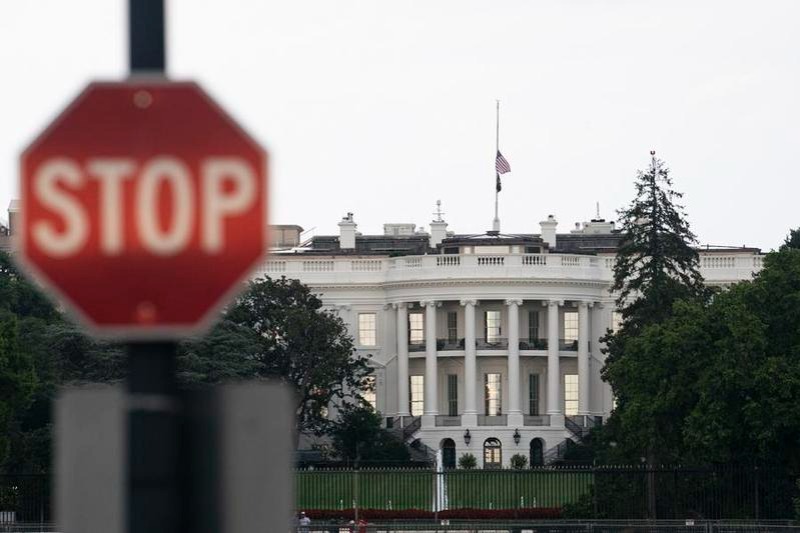Emerging debilities in emerging economies


Just before the collapse of the US investment bank Lehman Brothers triggered a financial crisis that would engulf the world economy, the Commission on Growth and Development published an assessment of emerging economy growth strategies, aimed at drawing lessons from previous research and experience. Over a decade later, many-if not most-of those lessons remain unheeded.
In emerging economies, sustained medium or high GDP growth is the key to advancing development and raising incomes. Of course, crises inevitably produce major setbacks with long recovery periods, drastically reducing growth in income and wealth. But 10 years is a long time, and the gap between what experience dictates emerging economies should do and what they have been doing remains large.
While some countries have achieved sustained medium or high growth, they have relied on high levels of public and private investment, financed mainly by domestic savings. By contrast, running persistently large current-account deficits creates vulnerabilities and often leads to disruptions, as external financial conditions change. Borrowing in foreign hard currencies is particularly risky, as depreciation of the local currency can cause liabilities to surge. Emerging economies thus should be working to constrain debt levels, though the extent to which this is needed depends on growth, as strong and resilient increases in GDP reduce leverage ratios.
A known element of middle-income trap
The value of the currency is also relevant. Persistent undervaluation, achieved through the accumulation of foreign exchange reserves, reduces the incentive to pursue structural reform and achieve productivity growth. This is one element of the well-known middle-income trap. Moreover, the return on foreign reserve assets is usually quite low, because the local currency will appreciate (even if it remains undervalued) if the economy is growing-a pattern that can be sustained for an extended period.
The risks associated with an overvalued currency are more severe. For starters, growth and employment in the tradable sector is adversely affected, essentially because the terms of trade are mismatched with the economy's productivity levels.
Furthermore, an overvalued currency will usually be accompanied by a current account deficit and excessive reliance on foreign capital to finance investment. If external financial conditions are favorable, this pattern can be sustained for some time. But, as recent experience shows, a change in such conditions can force countries either to allow currency depreciation or to delay it by purchasing large amounts of local currency using the central bank's foreign currency reserves.
In any case, markets eventually force an often sharp depreciation of the currency. As a result, credit is tightened, balance sheets deteriorate (especially if companies or banks have borrowed in a foreign currency), investment contracts, and growth takes another hit.
Imperfect alignment of investors, policymakers
These imbalances develop because of a hands-off approach to capital account management, based on the assumption that capital market incentives and growth strategies are always aligned. In fact, it is hard to find any example of a country that has achieved sustained growth with such an approach. To be sure, capital markets are not the enemy. But the alignment of interests between external investors and domestic policymakers is imperfect, at best.
Sophisticated investors routinely maintain that economic growth does not necessarily determine investment returns. It is a valid point. Returns on an investment depend on the valuation of financial assets, among other factors. Only in a simplified theoretical model would these valuations be determined solely by growth in the expected underlying cash flows.
One might argue that while valuations and the underlying growth dynamics can diverge in the short and medium run, they eventually converge. Whether or not this is true-and it may well be-most financial investors don't care about the long run, and their agents usually do not get rewarded for long-term performance.
'Enjoy the party, but stay close to the door'
Financial investors understand that adequate returns may persist for a while, but that imbalances and risks may necessitate a hasty exit at any moment. As the emerging market economist Robert Subbaraman puts it in the title of a recent report: "Enjoy the party, but stay close to the door."
While this is rational for investors, it does not support policymakers' interest in sustained growth. That is why successful capital account management must focus on promoting stability, controlling risks, and aligning capital market flows with economic growth and employment objectives.
In the post-crisis period, ultra-low interest rates in developed economies spurred capital flows into higher-yielding emerging market assets denominated in the local currency. At the same time, many emerging market corporations borrowed in US dollars or euros, in some cases with little or no dollar revenues to match the dollar-denominated debt service.
As experience shows, this is a risky approach. As long as interest rates remain very low, the risk premiums they (and asset prices generally) imply remain below reasonable assessments of the actual evolving risks embedded in the system. For investors looking at the short term, that is a party worth enjoying-from a position near the exit.
For many emerging economies, it is imperative to pursue a rebalancing of growth patterns, with a greater focus on resilience, and a more active approach to managing debt and capital flows and their effects on asset prices, exchange rates, and growth. Otherwise, the dangers of unsustainable growth patterns will bring the party to an abrupt halt, potentially triggering financial contagion.
Already, as escalating trade tensions generate added uncertainty, nervous investors are edging toward the door.
The author, a winner of the Nobel Prize for economics, is professor of economics at New York University's Stern School of Business and Senior Fellow at the Hoover Institution.


































